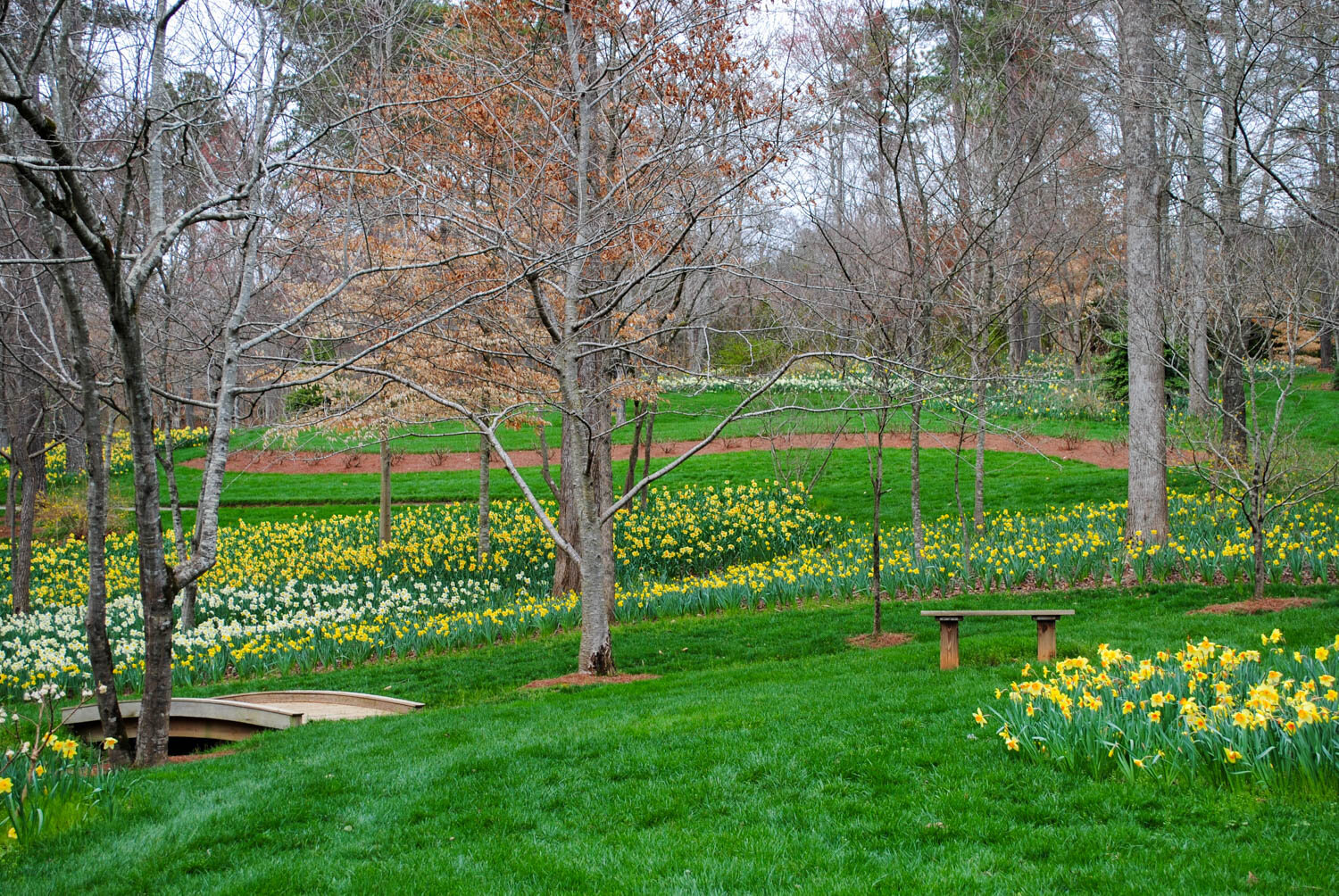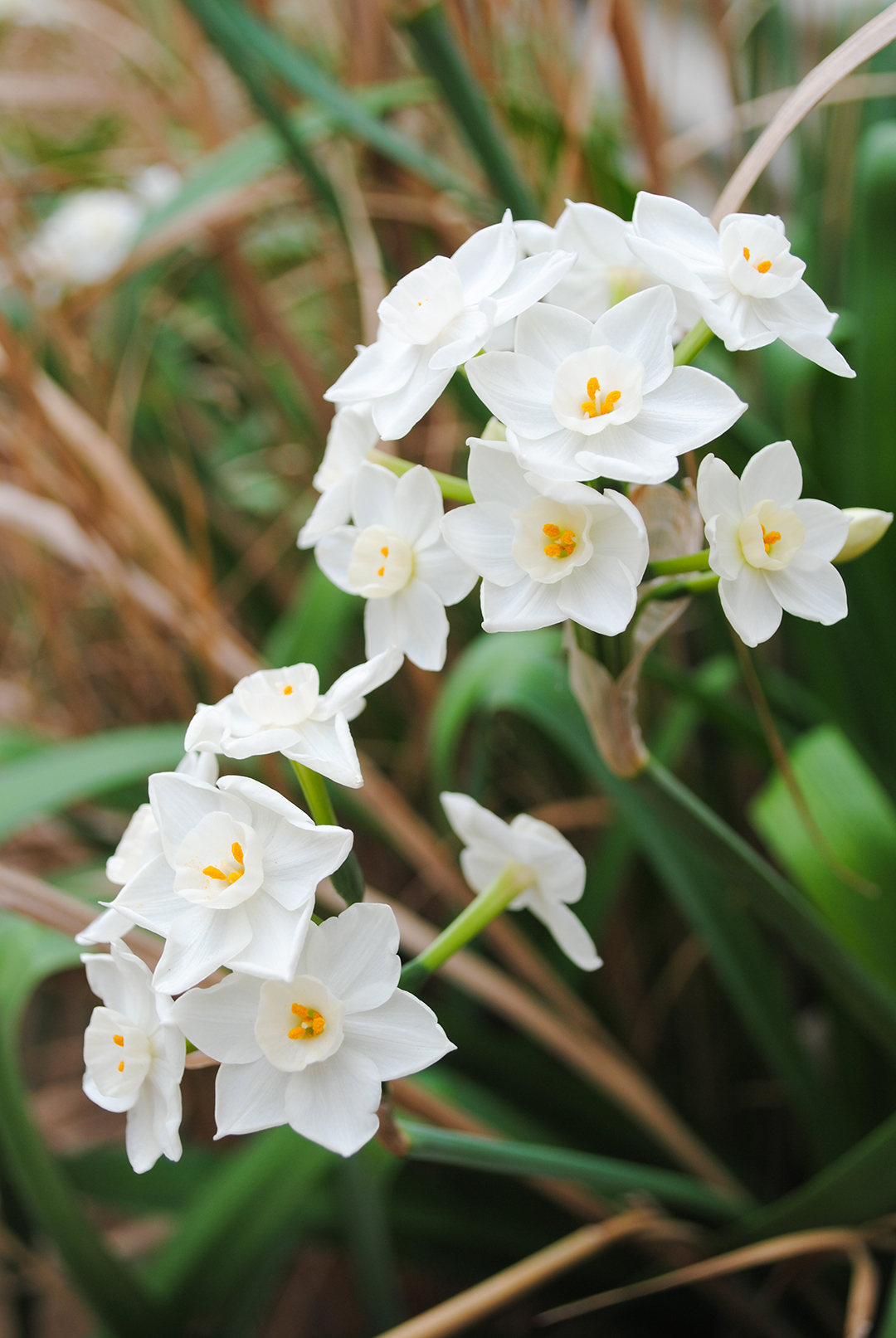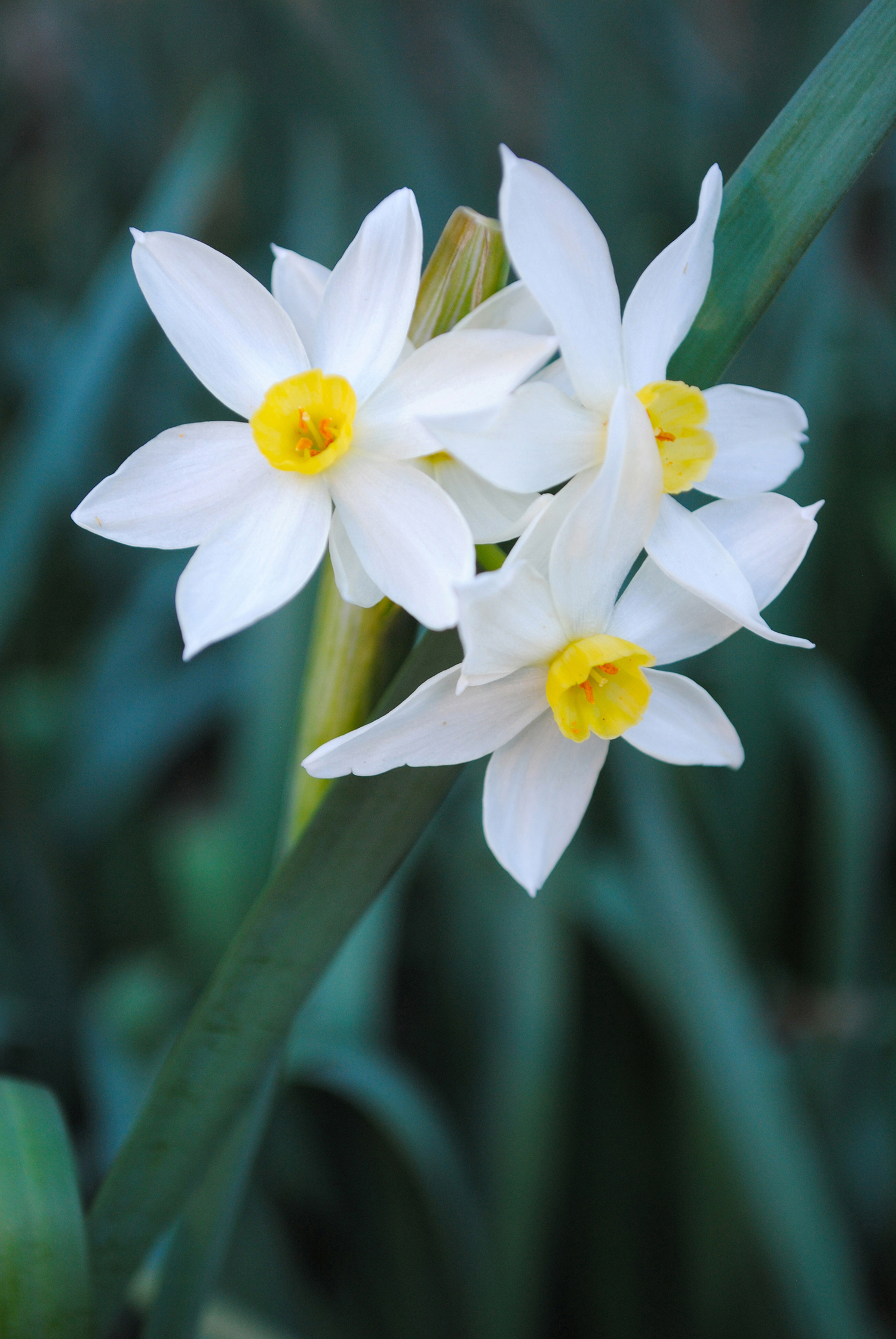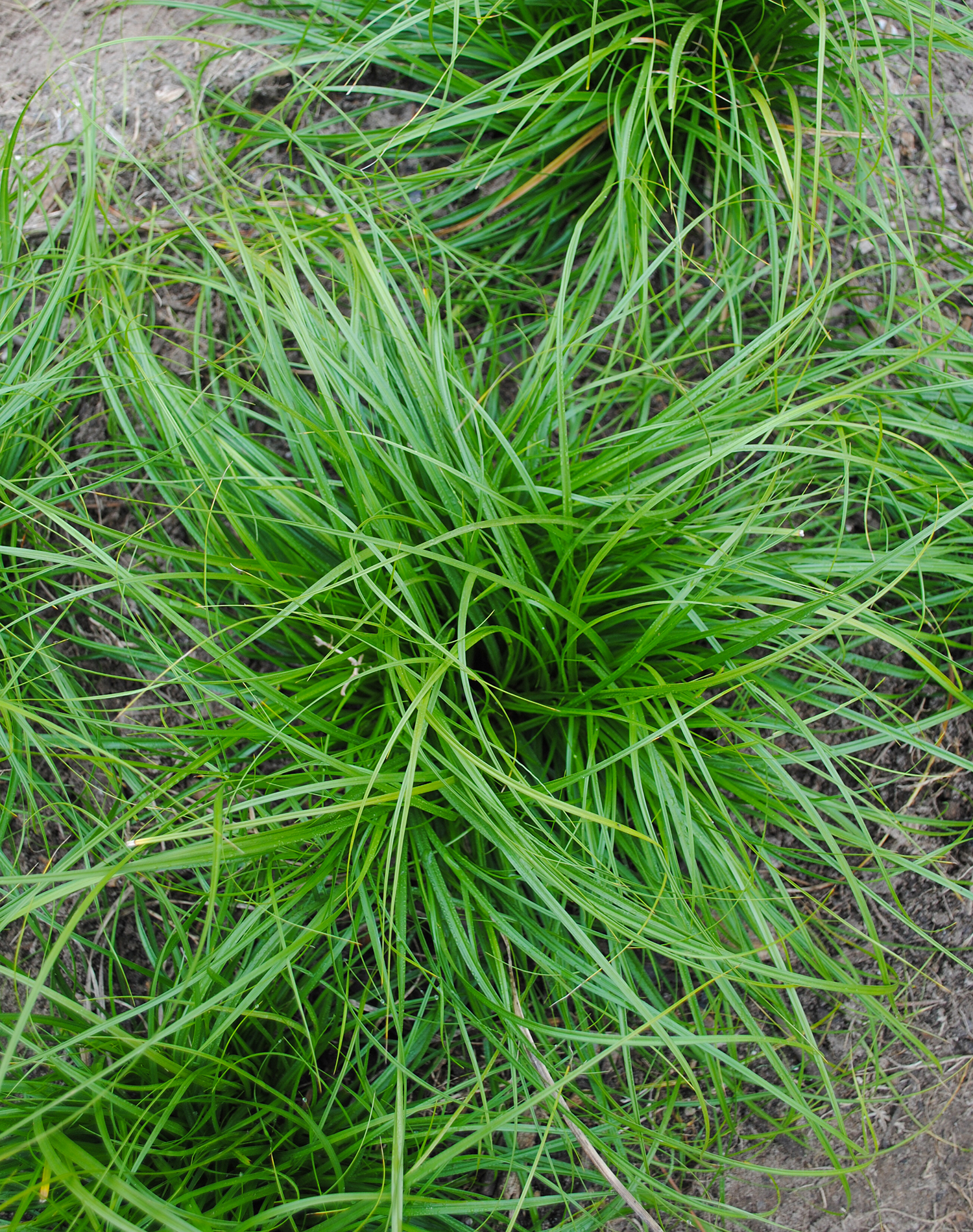“Jared, we have to go see this garden in Georgia.” On the phone was Mom, and she was telling me about where she read in an early 2012 Southern Living that Gibbs Gardens was about to open its doors to the public for the first time ever. I had never heard of the garden, but she shared about how the article said 5 million daffodils had been planted. I was on board.
So, we planned to meet up the first weekend in March that year for the opening weekend. That Friday night was a bit crazy as vehement storms passed through with rain and hail. At one point, it was so rough we were even discussing going to the hallway or stairs in the hotel. But, the storms passed, and we woke the next morning to find the sun shining.
I told my parents we had to get to Gibbs Gardens early because since this weekend was the first time the garden was open, I knew it would be packed. I had travelled to many gardens before and sometimes been turned away when parking lots were full. So, I knew being just an hour north of Atlanta, there would be crowds. But, when we arrived, we were one of three cars in the parking lot. Haha! We had the whole place to ourselves! I should note in later years when I’ve gone, the parking lot is now packed and people are running to get the good photograph spots without any people in them. So, we certainly lucked out this weekend.
Walking through the garden, the reputation of a world-class garden certainly lived up. There were daffodils everywhere. Millions of them. The website states that over the years with division the garden likely has over 20 million Narcissus on site, which is just a mind boggling number of blooms. I’ll let the photos tell more of the story below.
I would never wish low attendance numbers on a garden, but it sure was nice to be some of the first people there that morning enjoying the garden by ourselves.
One design feature used at Gibbs Gardens was curvilinear lines. They swayed and curled through the landscape, often following the topography of the hills.
I always love to see Narcissus planted on hills because passers-by can better see into their faces.
The plantings at Gibbs Gardens were grandiose where ribbons of cultivars were planted on the hillsides and there were flowers as far as the eye could see. Notice the hillside in the distance and check out the next photo.
Here is that hillside upon closer inspection. We were so happy to see that the storms didn’t pound the flowers down too bad.
While cultivars weren’t labelled, occasionally I would see one I knew like these ‘Ice Follies’.
Narcissus plantings also provide a nice backdrop for family portraits of Mom and Dad. :-)
It was nice to see how other plants were integrated in with the Narcissus plantings. Here Edgeworthia, Chamaecyparis, and a hiding coral bark Acer palmatum ‘Sango Kaku’ are surrounded by daffodils.
I adore Edgeworthia chrysantha for its winter perfume and clusters of fuzzy yellow flowers. As a member of the Thymelaeaceae, they have this cool feature where some branches will have three shoots instead of the typical one or two of most species.
Narcissus can be planted beneath deciduous trees to provide color in early spring and brighten these dappled spots before the trees leaf out.
I enjoyed the subtle color echo here between the orange cups of the Narcissus and the golden marcescent foliage of the Fagus grandifolia.
Gibbs Gardens also featured a tranquil Japanese-styled garden.
A broader shot of the Japanese garden reveals plants integrated with rocks, water, and statuary.
This planting is so simple yet effective—the bold foliage of three Rohdea japonica in a fibrous mat of Ophiopogon japonicus ‘Nana’.
Acorus gramineus ‘Ogon’ snakes through this planting and echos the golden Chamaecyparis along the pond edge.
At the top of the property is the Manor House Gardens, which are planted with winter color like Viola.
An arbor near the house was planted with Viola, Acorus, and Euphorbia to provide late-winter interest.
Gibbs Gardens was the first time I had ever seen parsley used as a groundcover underneath tulips. I thought it a clever idea to hide their sometimes lanky bases.
I saw another one of my favorite winter flowering shrubs at Gibbs Gardens, Corylopsis pauciflora. The numerous small flowers on this dense shrub form a buttery haze.
A close up of the pink buds and emerging yellow flowers of Corylopsis pauciflora, or buttercup winter hazel.
Even in their fall, Camellia flowers are beautiful. This one planted near the Manor House I suspect to be ‘La Peppermint’.
Walking down from the house to leave we saw more mass plantings of Acorus. I liked the subtle color echo here between Edgeworthia and Acorus gramineus ‘Minimus Aureus’.
Again, more use of curvilinear lines in the landscape with Acorus gramineus ‘Ogon’.
And, I even admired here where the moss and Acorus shared a similar hue.
One last shot of the incredible plantings of Narcissus at Gibbs Gardens. It was a great weekend with my parents, and I’ll never forget of seeing millions of daffodils in flower.







































